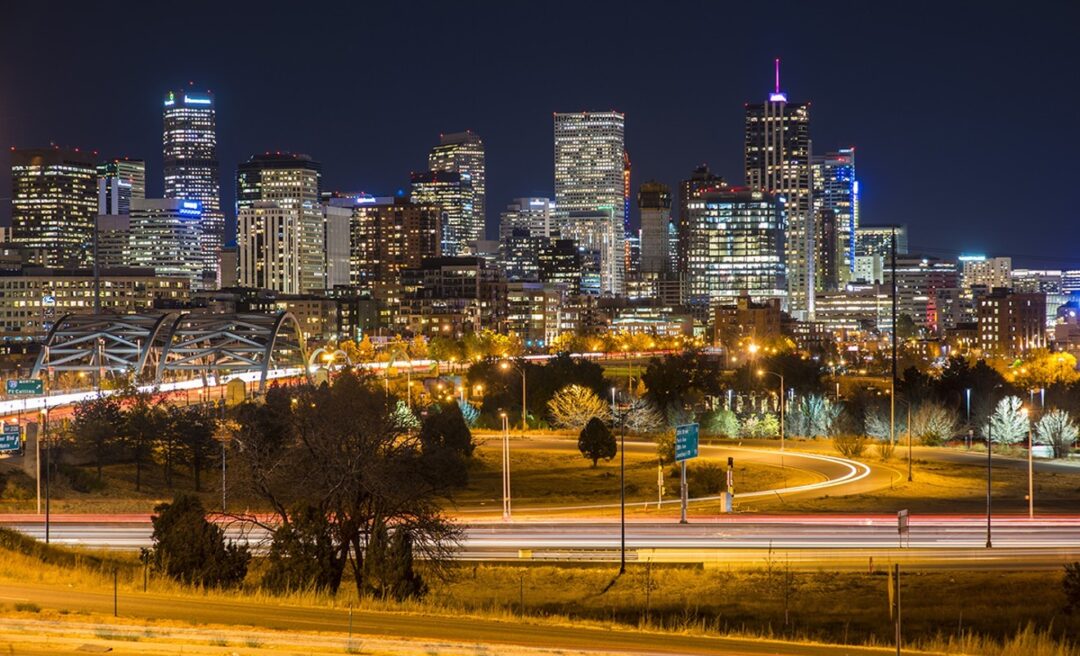By Jill Locantore, Denver Streets Partnership
Denver has myriad plans that envision a future where our city has complete, connected transit; sidewalk and bike networks; and development patterns that make it easy and practical for people to choose options other than driving to daily destinations. Reducing our dependence on driving, in turn, will make our city more safe, healthy, inclusive, affordable, sustainable and livable. A key theme throughout these plans is the importance of coordinating transportation and land uses.
A major stumbling block in achieving this vision, however, has been the classic chicken-and-egg problem. Proposals to increase density before good transit, walking and biking options exist cause people to protest that new development will only increase car traffic and parking woes. Conversely, proposals to add bike lanes, bus lanes or wider sidewalks in lower-density areas cause people to protest that there is not enough demand for those modes to justify taking away space from cars. And so we are stuck, paralyzed in the status quo, waiting for a magic moment when we can simultaneously transform our transportation system and development patterns.
Lucky for us, that magic moment has arrived for a large area right in the heart of Denver. Redevelopment being planned or already underway in and around the triangle created by the intersections of Federal Boulevard, Colfax Avenue and Speer Boulevard — 237 acres of land in aggregate, nearly the size of the Central Business District — will increase density dramatically. This area, currently one of the more car-centric parts of Denver, includes the planned River Mile development, the Ball Arena redevelopment, Auraria Campus Master Planning effort, the Burnham Yards redevelopment, Sun Valley redevelopment, Stadium District Master Planning effort, and the development opportunities made possible by redesign of the Colfax and Federal cloverleaf interchange.

